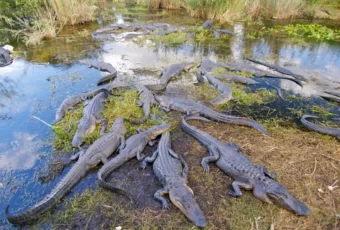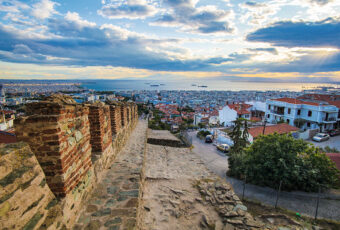This Changes Everything
Advancements in LiDAR technology helped a team of archaeologists to radically change the way we think about the Mayan empire and its history…

This Changes Everything
Impressive Architects
Even thousands of years after their collapse, the Mayans are considered to be some of human history’s greatest architects. Their stone structures, persisted long after the empire that built them was no more. But with such a vast empire, why don’t more structures exist?
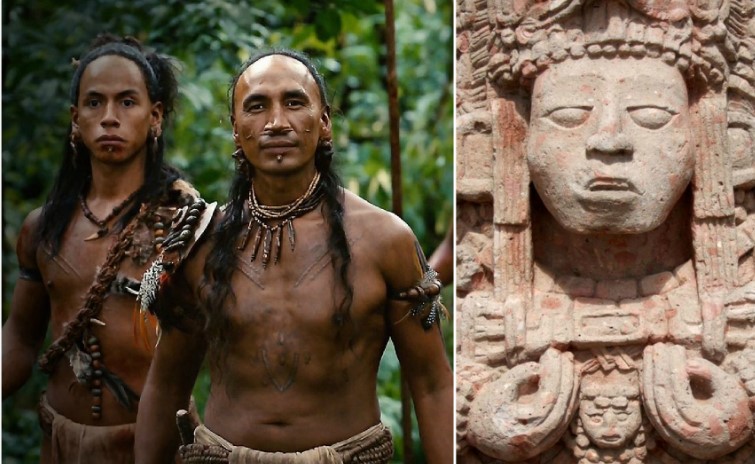
Impressive Architects
A Mystery
Despite decades of research, we only have pieces of a larger Mayan puzzle. As is often the case, time remains the greatest obstacle. After their disappearance, the jungle grew to reclaim Mayan lands. This thick covering makes aerial surveys of suspected sites of Mayan cities nearly impossible.
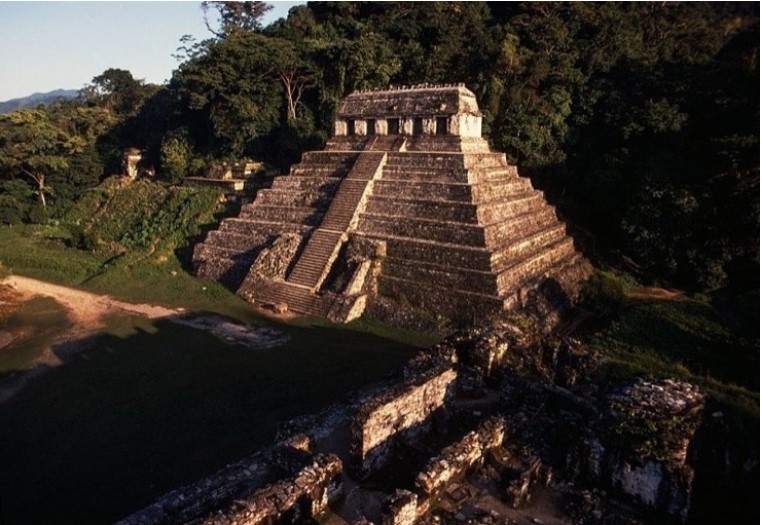
A Mystery
There’s More
Even after years of study and excavation, archaeologists had barely scratched the surface of Mayan history. Their main focus remained the lingering structures of the lost empire. But recent technological advances might offer the key to unlocking the secrets buried within the dense Yucatan jungle.
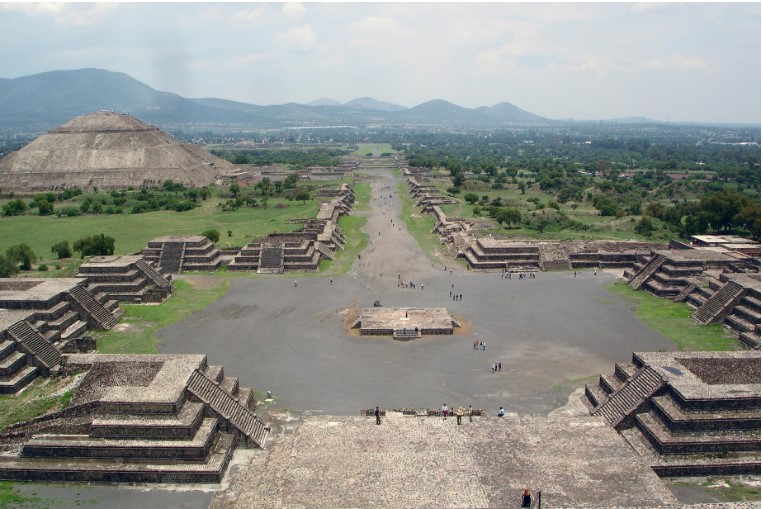
Theres More
Cultural Preservation
LiDAR, the archaeology technology, is part of a larger project, PACUNAM, based in Guatemala, which will take three years. It hopes to aid in the preservation of Guatemala’s cultural heritage. Over 5,000 square miles will be studied in Guatemala alone before the research is done.
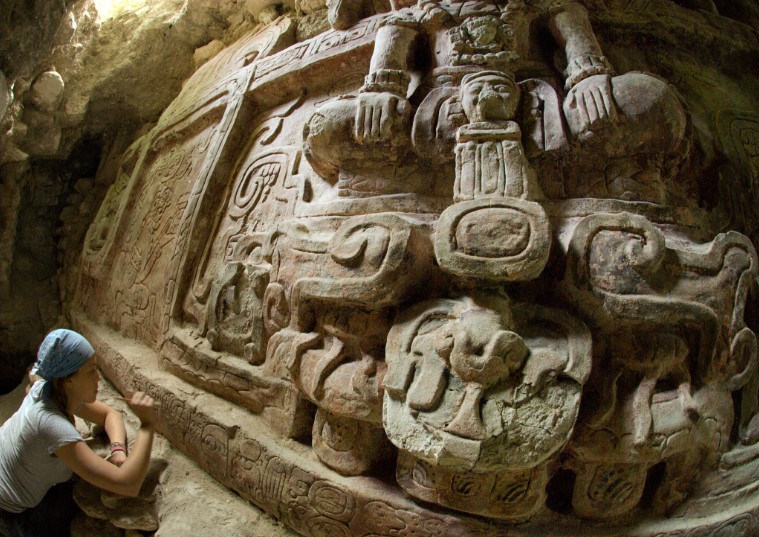
Cultural Preservation
Preservation Attempts
The overarching goal of PACUNAM is to ensure the protection and preservation of any discovered sites of cultural or historic importance. PACUNAM’s president, Marianne Hernandez, said, “Many of these new sites are only new to us; they are not new to looters.”
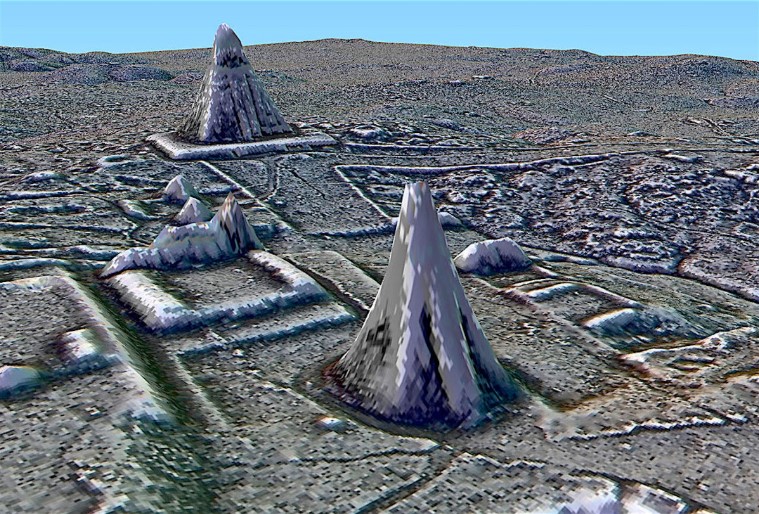
Preservation Attempts
A Leap
Until recently, the best method of uncovering archaeological artifacts was to literally unearth them. But LiDAR, which will use lasers to penetrate through thick layers of jungle foliage and earth, will soon change all that. Short for Light Imaging Detection and Ranging, LiDAR will change the field of archaeology as we know it.
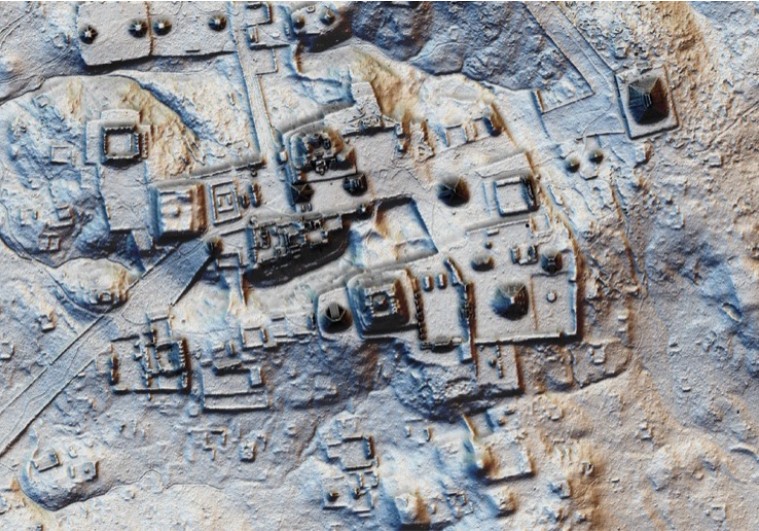
A Leap
Radar Says
How does LiDAR work? The clue’s in the name. Attached to an aircraft, LiDAR is flown over the area to be studied, where it will shoot, “laser pulses hundreds of thousands of times per second,” explained archaeologist Thomas Garrison of Ithaca College. “And every time one of those lasers hits a point of resistance, it stops and sends back a measurement to the plane.”
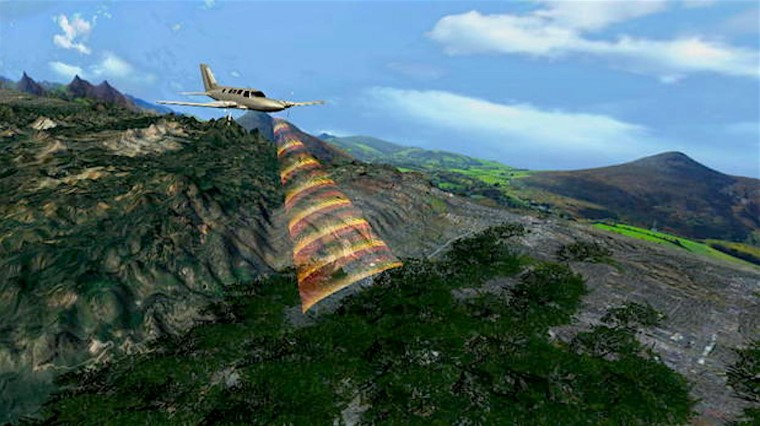
Radar Says
Map The Jungle
The data is collected and used to create a 3D map of the area. The radar pulses are able to map out the topography while simultaneous editing out the jungle. This grants researchers an unparalleled view of what the area looked like long ago. Why was this important for the work being done in Guatemala?
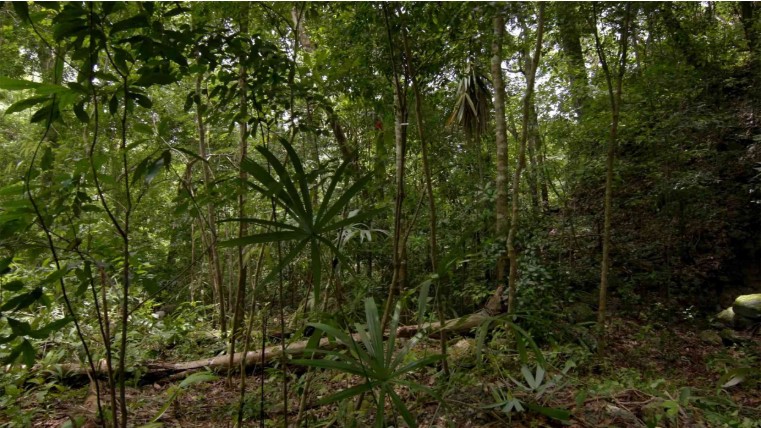
Map The Jungle
Using LiDAR
LiDAR seemed like a natural answer when the question of how to study the forested region of northern Guatemala. The over 770 square miles had barely been explored since the collapse of the Mayan empire, but that would soon change. Thomas Garrison said, “This is a game changer…[changing] the base level at which we do Maya archaeology.” But one “recent” discovery stood out from the rest…
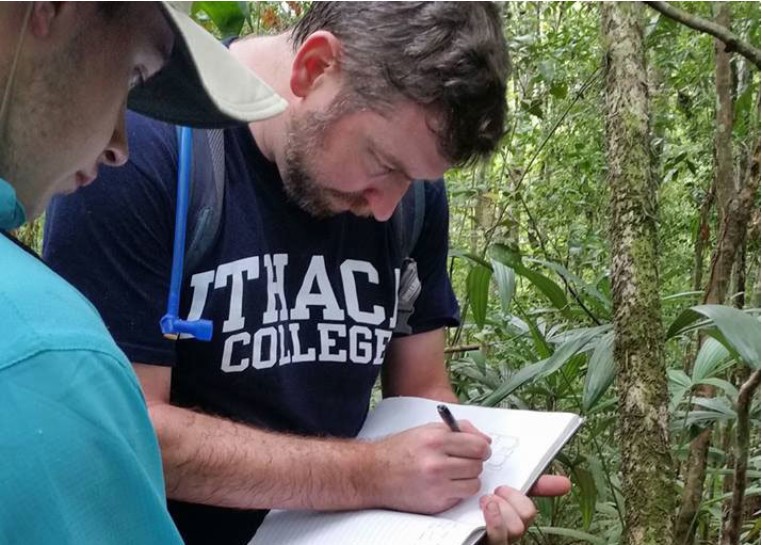
Using LiDAR
Hidden Fortress
It’s hard to believe that one could be within feet of a massive, ancient structure without realizing it, but that is exactly what happened to Garrison and his team. “There was this fortress in our area,” he said. “In 2010, I was within 150 feet of this thing.” However, due to thick foliage, they were completely unaware of what lay around them. That all changed thanks to LiDAR. But the fortress wasn’t the only secret uncovered…
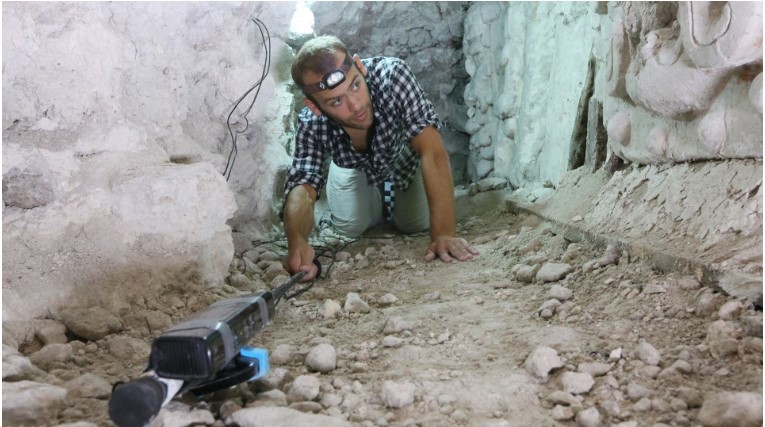
Hidden Fortress
We’re Ready
While conducting their research Garrison’s team discovered not just fortresses, but walls and moats as well. This type of heavy reinforcement pointed to a long history of conflict between the Mayans and their neighbors, since such infrastructure would have been costly and time-consuming to construct. This perspective was unheard of before the advent of LiDAR technology. But this was only the beginning of what Garrison and his team would discover.
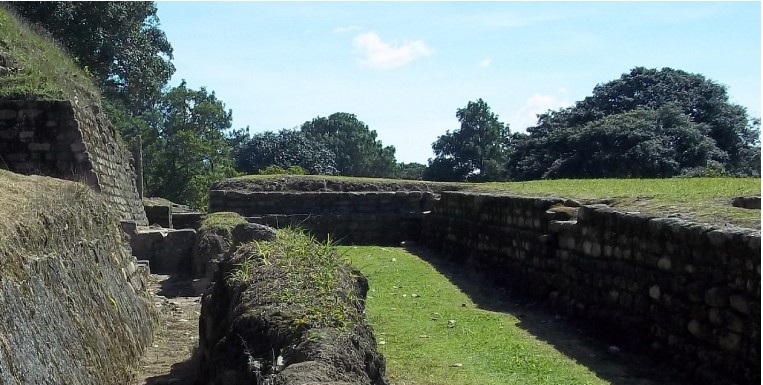
Were Ready
The Good Life
Another enthralling detail gleamed from LiDAR’s survey of the Guatemalan forest is the fact that a majority of Mayans lived on constructed, stone platforms high above ground. Diane Davies, a Mayan specialist, was particularly impressed by this discovery. She said, “To have such a large number of people living at such a high level for such a long period of time, it really proves the fact that these people were highly developed, and also quite environmentally conscientious.”
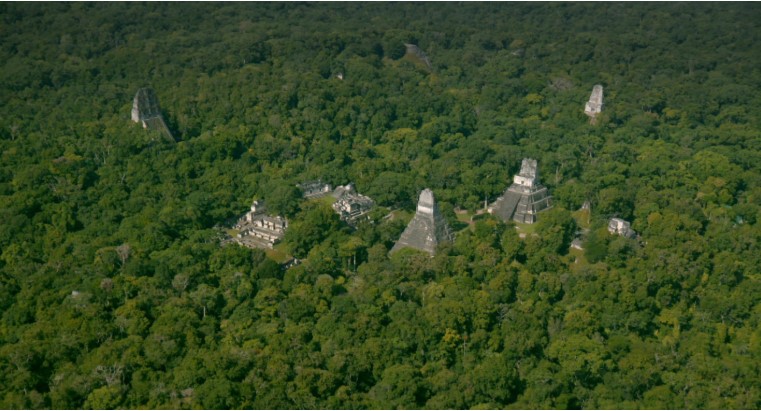
The Good Life
Thousands Of Them
In total, LiDAR revealed over 60,000 Mayan structures. More than their sheer number, the intricate detail and construction of the unearthed city baffled archaeologists and historians alike. It also challenged our previously held beliefs about the Mayan people. Researchers now believe that more Mayan cities exist than previously thought, which would also mean a much higher estimate for the Mayan population.
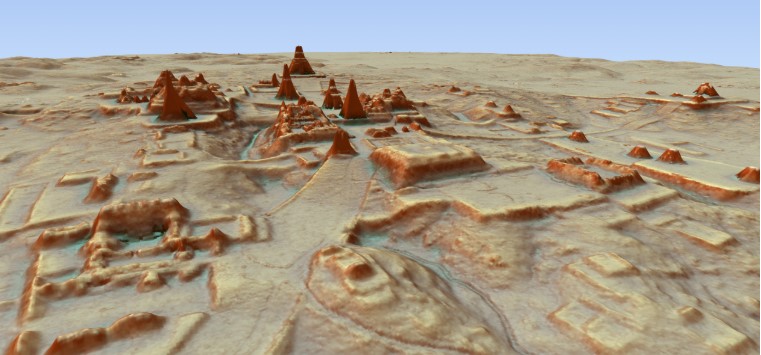
Thousands Of Them
Bigger Numbers
Thomas Garrison, after reviewing the new research, produced an updated estimate for the Mayan population. He explained, “The LiDAR images make it clear that this entire region was a settlement system whose scale and population density had been grossly underestimated.” Instead of the 1-2 million previously accepted, Garrison, based on new findings, now put the population closer to 20 million, and with good reason.
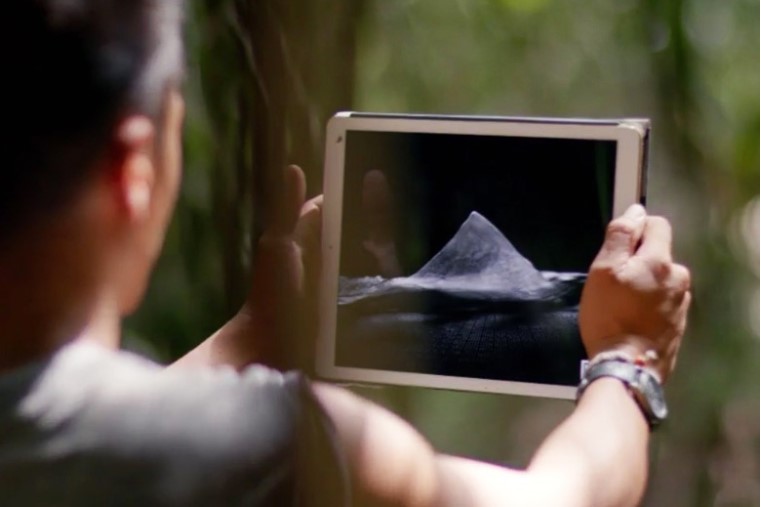
Bigger Numbers
Farmland
The reason that experts so readily changed their opinions on the size of the Mayan population is due to the nature of the structures discovered. In addition to buildings for defense, many structures pointed to an advanced level of agriculture, such as indications of terracing and irrigation. This would have enabled to provide food for much larger quantities of people.
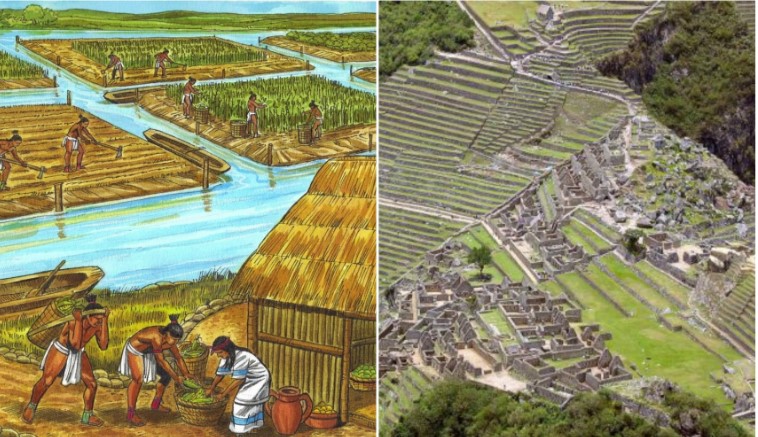
Farmland
Gamerchanger
Archaeologists and historians the world over were thrown for a loop. They were forced to reconsider what they thought about the Mayans. For example, they now believe they used highways to transport stones for building over hundreds of miles away. This has also informed researched on other ancient civilizations.
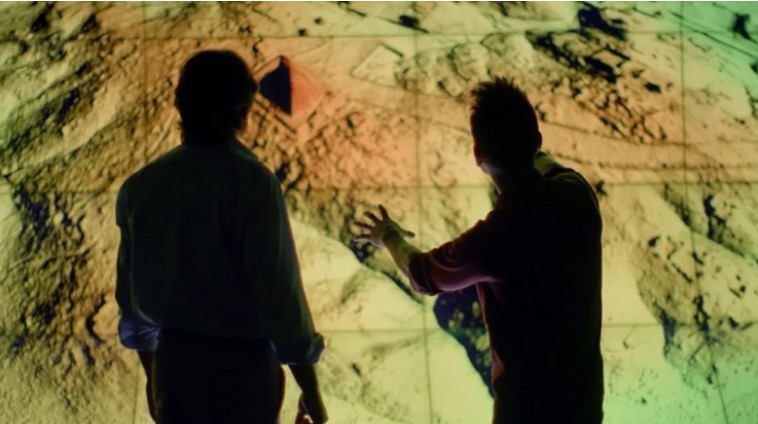
Gamechanger
A Miracle
Archaeologist Marcello Canuto, from Tulane University, described the project as something that revealed the fine line between feats of engineering genius and miracles. “This was a civilization that was literally moving mountains,” he said. “We’ve had this western conceit that complex civilizations can’t flourish in the tropics, that the tropics are where civilizations go to die.” The strength and determination to accomplish such feats is staggering.
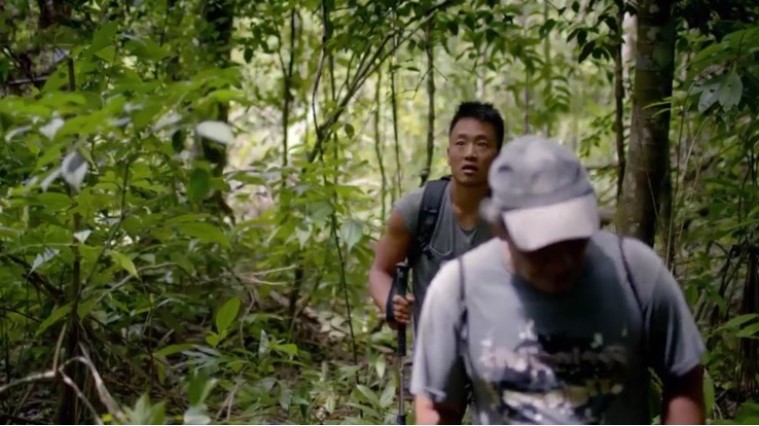
A Miracle
George Of The Jungle
Canuto now postulates that the first civilizations might have in fact originated in the jungle, unlike previously thought. This led to LiDAR also being used to study Angkor Wat, in Cambodia. “But with the new LiDAR-based evidence from Central America and [Cambodia’s] Angkor Wat, we now have to consider that complex societies may have formed in the tropics and made their way outward from there,” Canuto said.
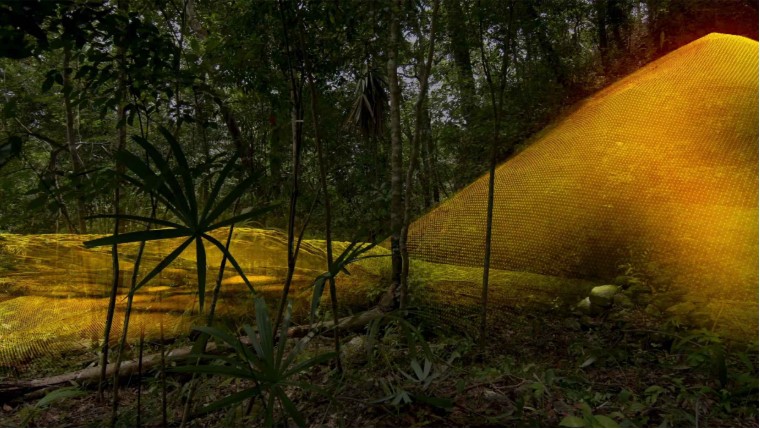
George Of The Jungle
Follow Me
LiDAR is changing the future of archaeology. Though only recently unveiled, it has already been used in groundbreaking discoveries. Its future potential is limitless. Chances are good that more secrets around the world will soon be revealed as scientists use it to study jungles from the Amazon all the way to the Congo Basin.
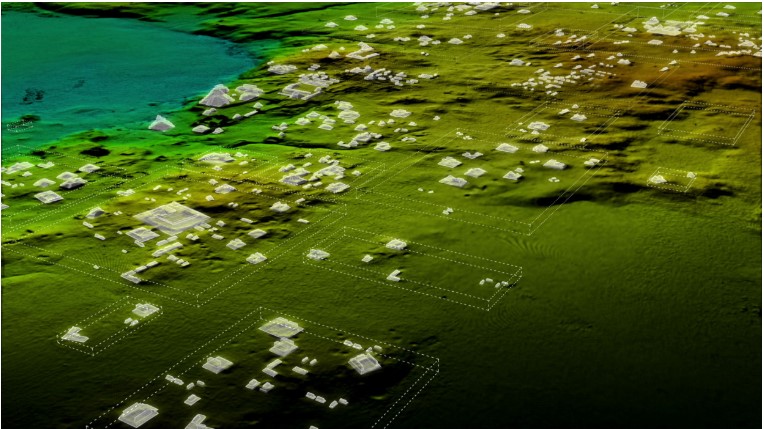
Follow Me
Not Just Any Tool
For obvious reasons, Thomas Garrison is thrilled about what LiDAR means for the future of archaeology. However, the possible uses of the technology extend far beyond archaeology, which he was quick to point out. Only a small percentage of LiDAR’s data is useful to archaeologists. “We don’t use about 92% of the LiDAR data. We just throw it out to make our maps,” he said. “But there is incredibly valuable information in that forestry data.”
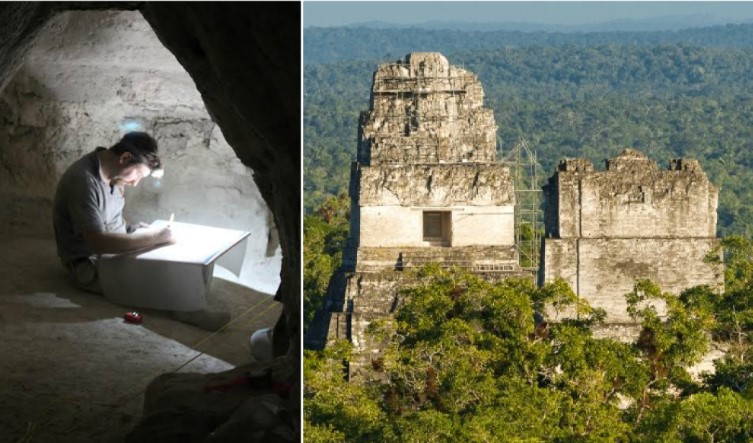
Not Just Any Tool
Saving A Lot
Thanks to its unique mapping capabilities, LiDAR offers unparalleled images of current forest conditions. Such insights will be immeasurably beneficial to environmental causes, such as the prevention of forest fires. “You’re just seeing the archaeology part because that’s what we focused on,” Garrison said. “But that data can be used to determine how jungles recover from forest fires, what’s the carbon footprint.” But Thomas Garrison is not alone in his excitement for the potential of LiDAR.
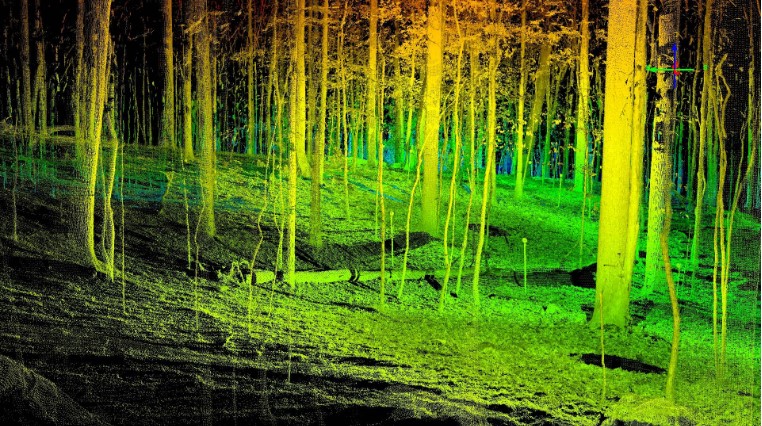
Saving A Lot
An Achievement
Few are more invested in research surrounding the Mayan civilization than Stephen Houston, Brown University’s Professor of Archaeology and Anthropology. “I think this is one of the greatest advances in over 150 years of Maya archaeology” Houston said. “I know it sounds hyperbolic but when I saw the [LiDAR] imagery, it did bring me to tears.”
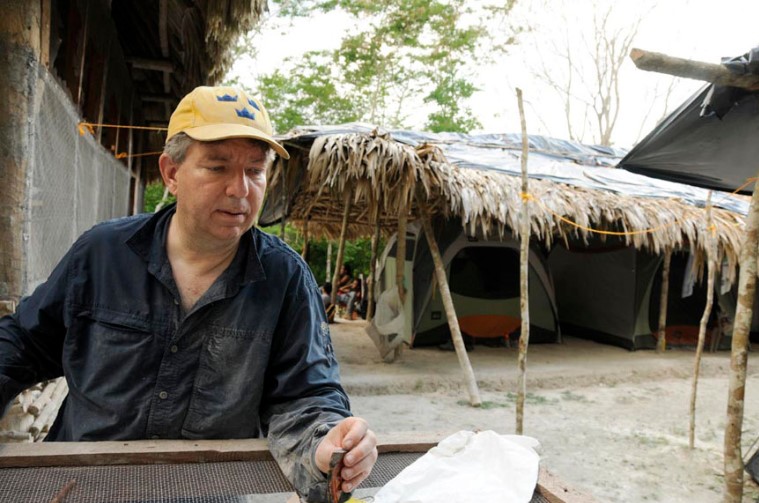
An Achievement
How Low Can You Go?
The amount of data collected by LiDAR is so massive that some believe it will take another hundred years for it all to be properly analyzed. “LiDAR is revolutionizing archaeology the way the Hubble Space Telescope revolutionized astronomy,” Tulane University archaeologist Francisco Estrada-Belli said. “We’ll need 100 years to go through all [the date] and really understand what we’re seeing.” This is just one issue that LiDAR’s most ardent supporters have to contend with.
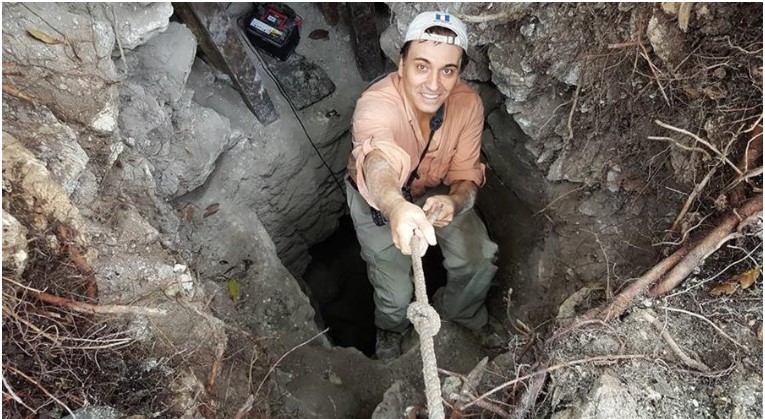
How Low Can You Go
Some Challenges
While the scope of LiDAR’s data is what initially so impressed researchers, it also poses a problem. “The tricky thing about LiDAR is that it gives us an image of 3,000 years of Mayan civilization in the area, compressed,” he said. “It’s a great problem to have though, because it gives us new challenges as we learn more about the Maya.” This, unfortunately, it just the beginning of the challenges facing those who attempt to tackle the mysteries of the Guatemalan forests.

Some Challenges
Danger Lies Ahead
LiDAR might have presented a stunning breakthrough, but it was only the beginning of the work. Since this was the first time the technology was being used, its findings had to be verified. LiDAR’s engineer, Albert Yu-Min Lin, took a team into the forest, avoiding venomous snakes, scorpions, and insects to ascertain if what LiDAR had reported was accurate.
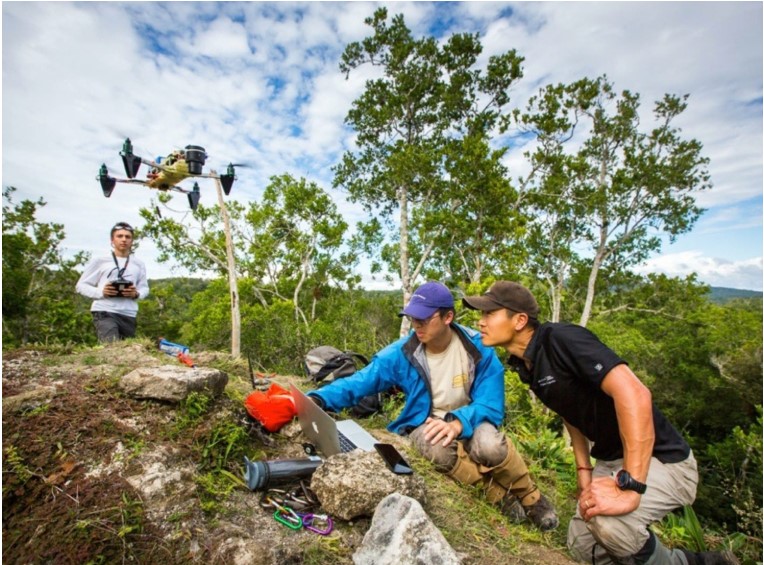
Danger Lies Ahead
LiDAR Fun
While it might seem like science fiction, LiDAR is well within our current scientific reach. The process works thusly: lasers, shot from the air, make their way towards the forest floor. Then, those beams that fall between the gaps in the trees are beamed back. This data then translates into a topographic scan of the area. Fascinating!
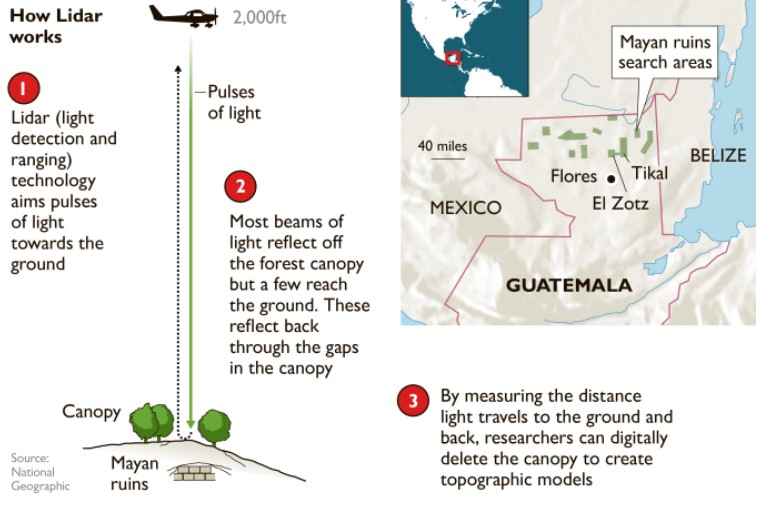
Lidar Fun
The Lowlands
One thing researchers hope to learn through their use of LiDAR technology is what accounted for the Mayans success. Certain areas show much more extensive development, leading Thomas Garrison to propose a lowland hypothesis. “These features are so extensive that it makes us start to wonder: is this the breadbasket of the Maya lowlands?” Garrison asked.

The Lowlands
The Mayans
Though their empire disappeared long ago, the Mayans are not gone completely. Their descendants continue to live in the area where their kingdom once existed. It has been theorized that as many as 42% of Guatemalans descent from the Mayans—a staggering number when one considers the nation’s 14.3 million-strong population. As many as 20-30 million Mayan descendants are believed to live across Mexico, Belize, Guatemala, Honduras, and El Salvador.

The Mayans
The Odds
It is nothing short of miraculous that the Mayans not only survived but thrived for as long as they did. For a people with no livestock, no wheels, and no metalwork, they managed to accomplish engineering feats that still fascinate to this day. Furthermore, the conditions of where they lived—swamplands and jungles frequently ravaged by storms—make their success all the more extraordinary.
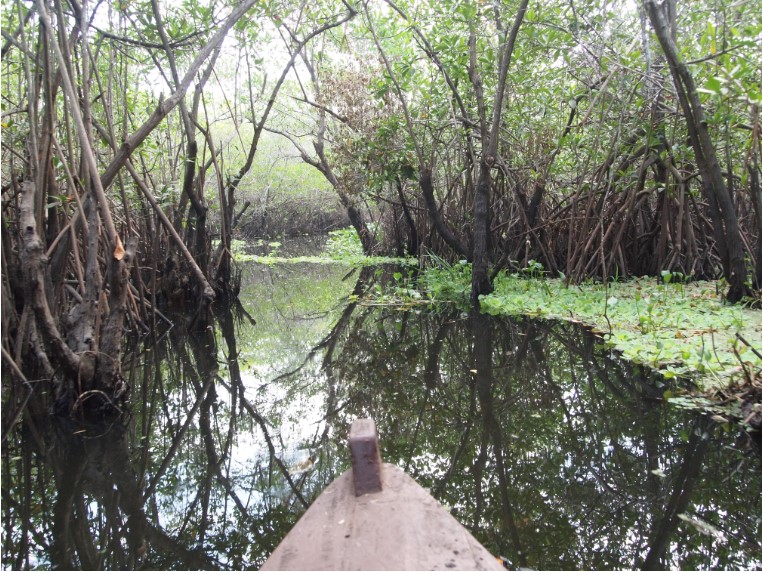
The Odds
Tattooed Too
But even with the circumstances the Mayan were living under, they managed to live a life which in many ways could be similar to ours. For one they were getting tattoos long before we were.The method they used would be scaring the skin and then filling the scar with ink. It must be mentioned however that sometimes those cuts would get infected and the recipient would die. Getting tattoos was a sign of bravery.
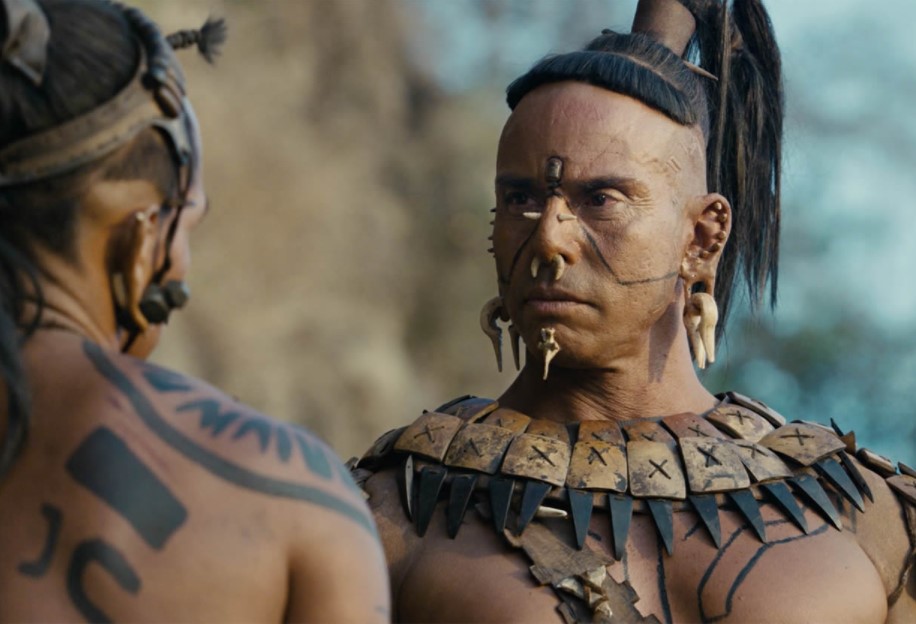
Tattooed Too
Crow Nose
Apart from tattoos, there were also other physical features the Mayan found attractive. One such feature is a crow’s nose. From a young age, even infancy, the cartilage in the nose was bent to achieve the shape that they found to be good looking.

Crow Nose
Powerful Civilization
The Mayan civilization wasn’t the only powerhouse in the region over the course of history. In the Central American region were also the Aztec and Inca civilizations.
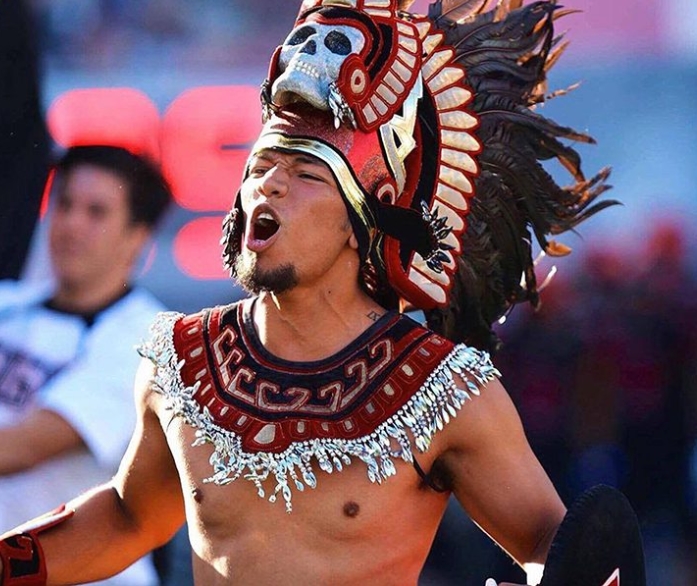
Powerful Civilization
Top Treatment
The Mayan king and the noblemen around him had life as good as they could have ever have wished. The slaves that were assigned to them would even carry them around so that they would not have to walk anywhere!
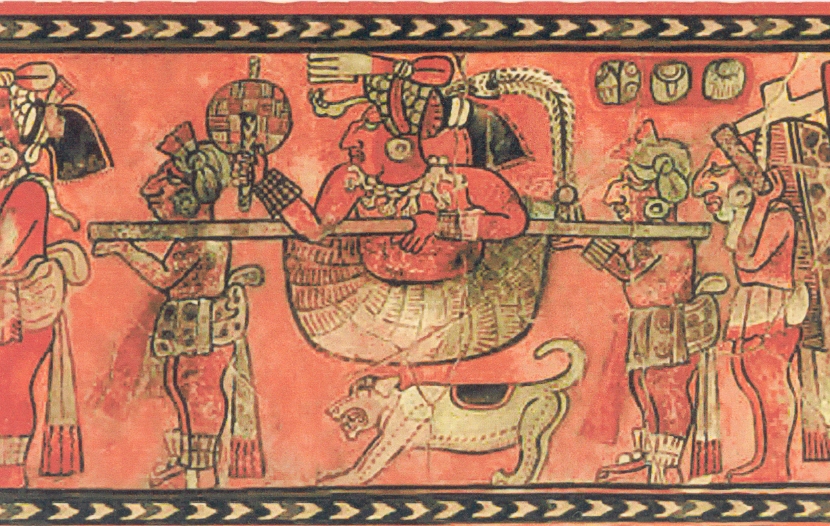
Top Treatment
Daily Life
The jobs that the Mayans had were pretty similar to those of other civilizations throughout history. The peasants usually took up farm work, and others manufactured tools. The women would cook, clean, produce clothing which was mostly done by weaving.

Daily Life
Clothing For Status
Not much has changed from civilization to civilization. Back then clothing and jewelry were also means of showing off or displaying status to others. In those days, however, the wealthy lot would usually don animal skins, feather headgear and jewelry rather different to what we see today.
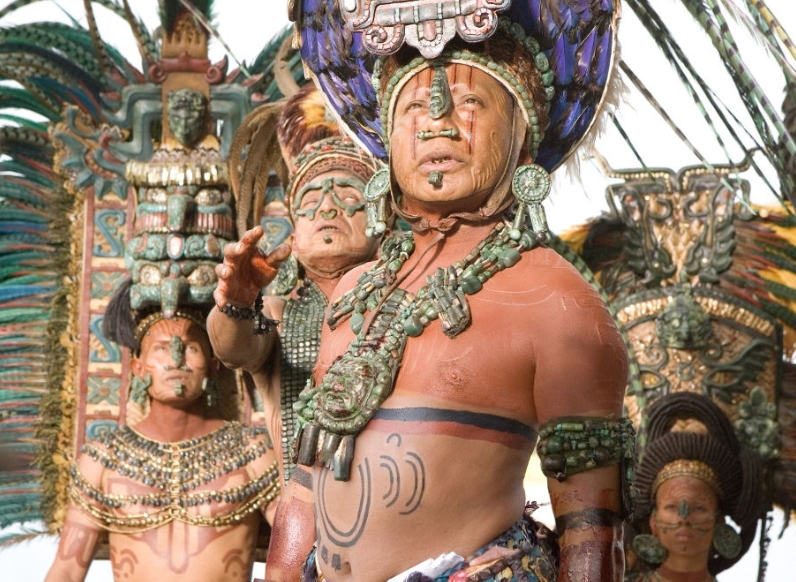
Clothing For Status
Commoners’ Clothing
For the rest of the population, clothing was simple. For men, clothing usually consisted of a loincloth, and for women it was long skirts. Both genders made use of a “manta” which resembles a cloak. This served as a blanket at night and as a warm garment for the winter.
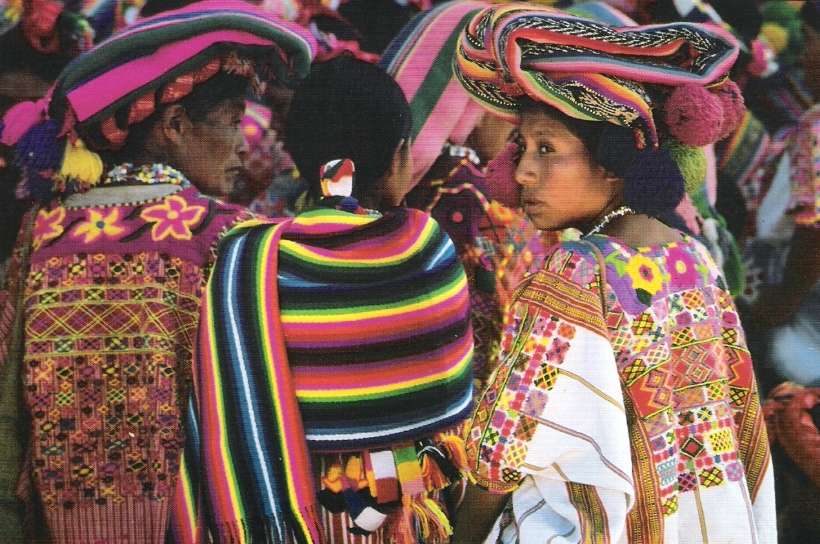
Commoners Clothing
Chocolate Lovers
You know what has changed one bit since the days of the Mayans? Chocolate. They loved as much as we still do today. They believed that chocolate came from the gods, and it therefore became a valuable item during trading. Believe it or not, the Mayans were the ones who introduced the world to cacao.
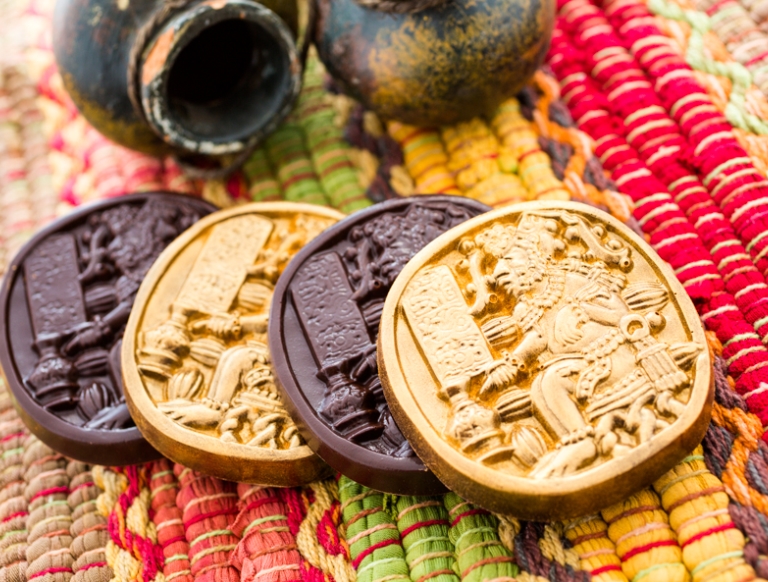
Chocolate Lovers
Other Foods
It’s not just chocolate that the Mayans brought to the world at large, they brought a lot more. They introduced us to tomatoes, black beans, papaya, and good ol’ sweet potatoes.

Other Foods
Living Quarters
The difference between the commoners’ living conditions and those of the upper class is quite clear. the former would live in mud huts which only had one room, whereas the wealthy noblemen would reside in stone palaces.
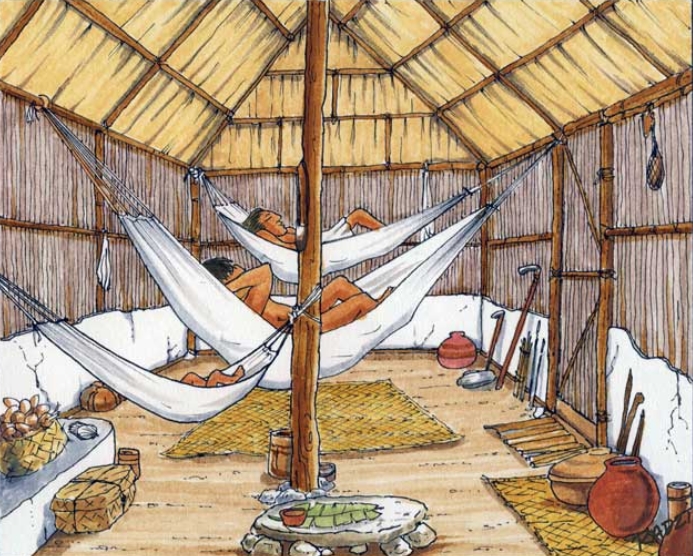
Living Quarters
Dance For Life
Dance had a significant impact on the way of life for the Mayans. A number of their dances are still practiced to this day and they are the following: Monkey Dance, the Snake Dance, and the Dance of the Stag.
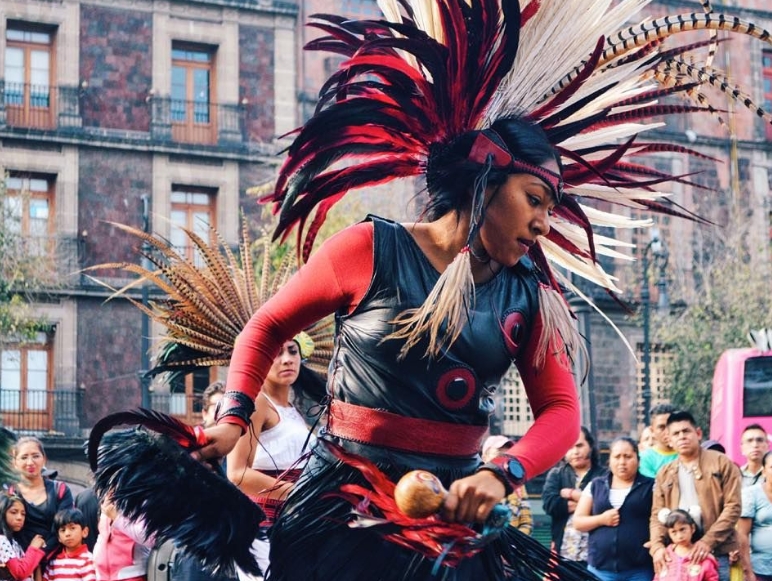
Dance For Life
Tall Hats
If you thought “wearing a big hat” was just an expression, then the Mayans will prove that it was exactly what it connotes. Wearing big hats back then was a way of showing off your status.
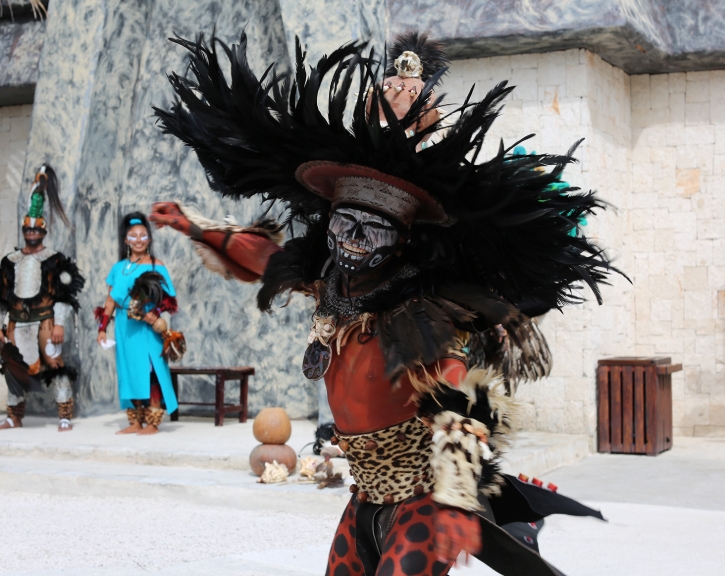
Tall Hats
Hands On Farming
As in every civilization, farming was an important key in development and growth. But there were some challenges for the Mayans, especially since they didn’t have any beasts to their work for them. Instead they took to using their bare hands to do the dirty work.
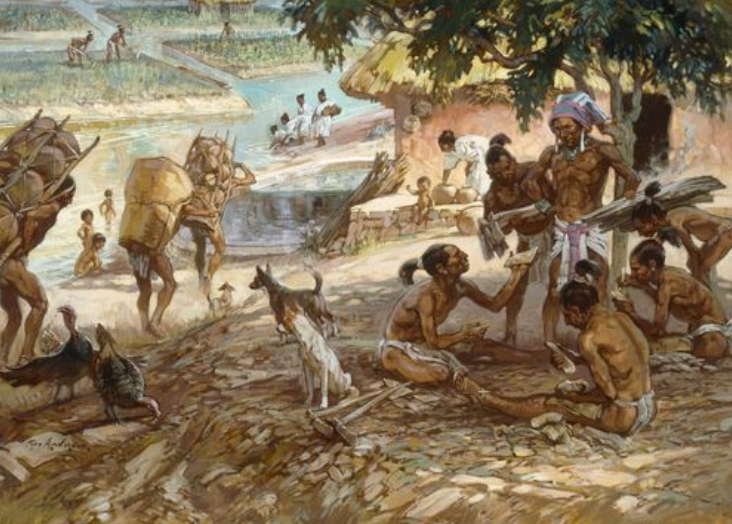
Hands On Farming
Their Own Cities
The Mayans had their own cities, and each one had its own government. Their best-known cities were El Mirador, Tikal and Caracol, which people still speak of today.
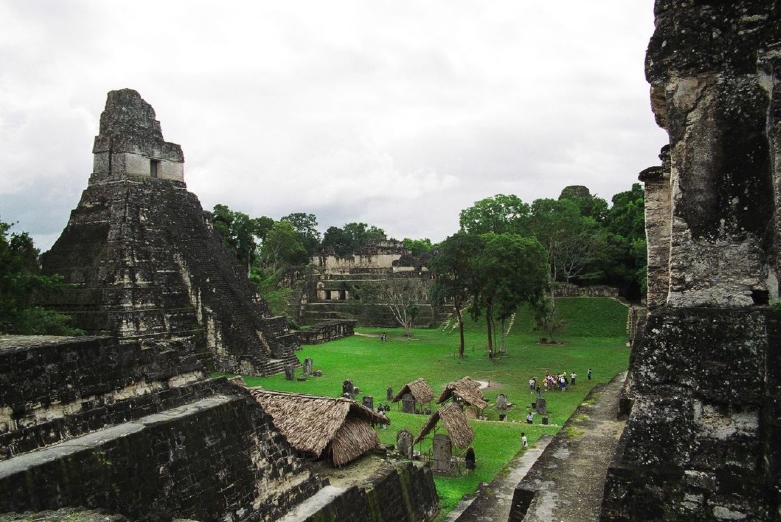
Their Own Cities
Between Gods
Kings weren’t just there for status display. The Mayans believed that kings were actually the bridge between the gods and the Mayan people. They believed they were the mediators; without kings there would be no communication with the gods.
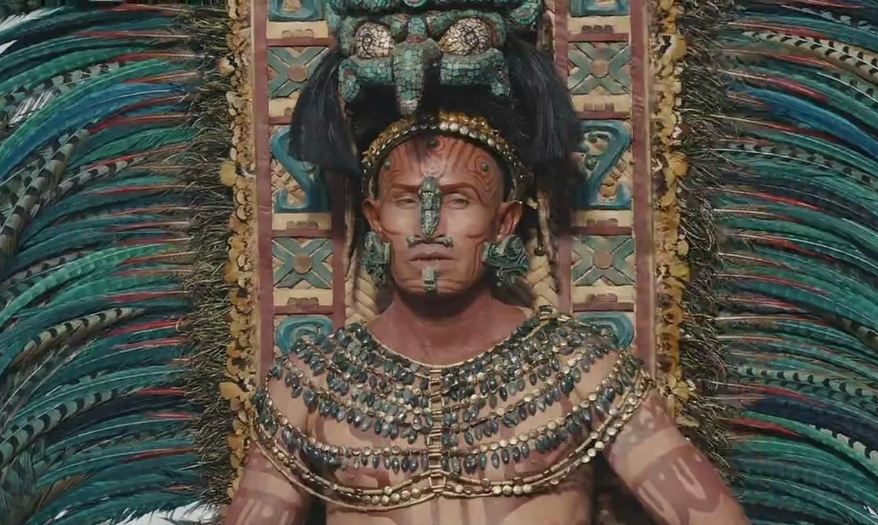
Between Gods
Not Just Kings
Of course there were others who held high status who were not kings. In this case it was the priests who had great authority and respect too. Having said that, it’s interesting to know that sometimes the kings were referred to as priests.
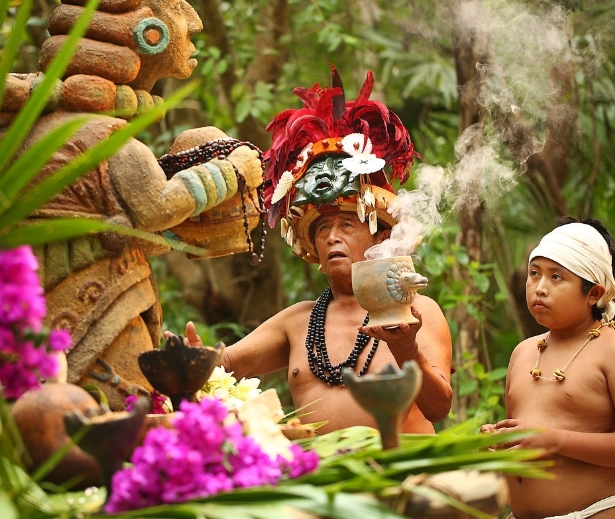
Not Just Kings
Punishable Crimes
Maybe we shouldn’t be surprised that crimes would get maximum punishment, especially since the Mayans would sacrifice people for the gods. Most infringements meant the criminal would receive the death penalty.
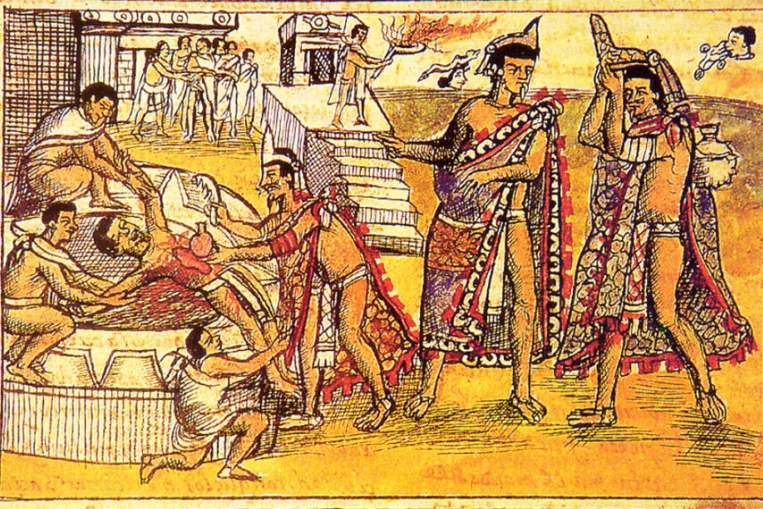
Punishable Crimes
Strange Punishment
At least not all crimes were met with the death penalty. Sometimes criminals would receive fines, be sent into slavery, and in some cases they would even have their hair chopped off.
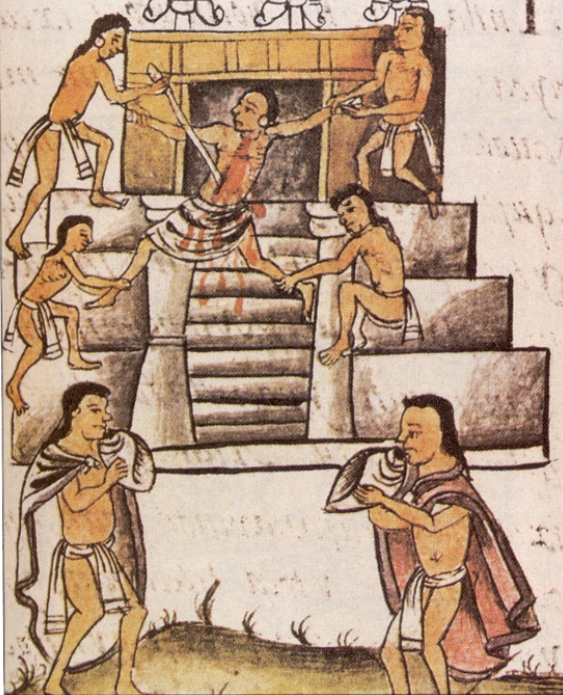
Strange Punishment
About Face
In days when everyone is so busy taking selfies and uploading endless streams of their own pictures to Instagram, it would seem impossible for kings to stick around. Back then the king was so important that the commoners were not permitted to see his face.
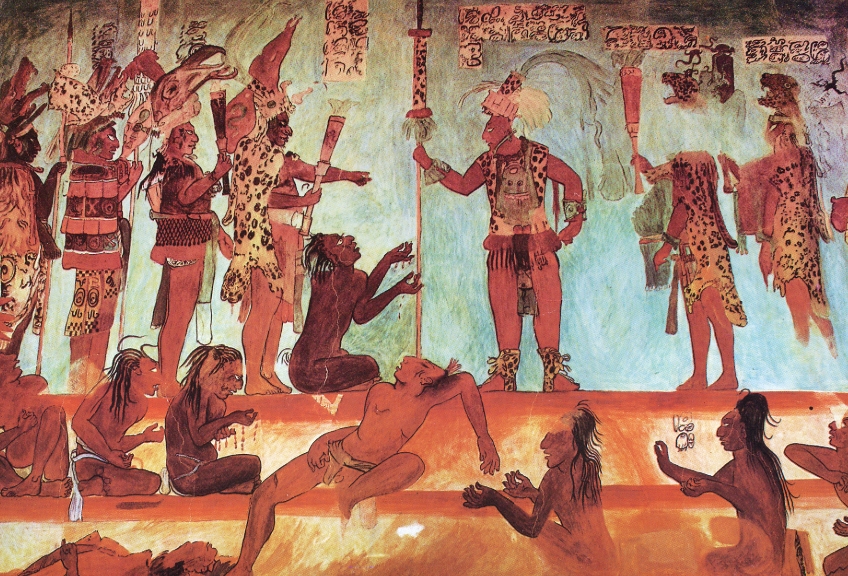
About Face
Heaven Worthy
Like other religions and cultures, the Mayans believed that going to heaven was the ultimate goal. Sacrifice was one way of getting there, as was dying at childbirth.
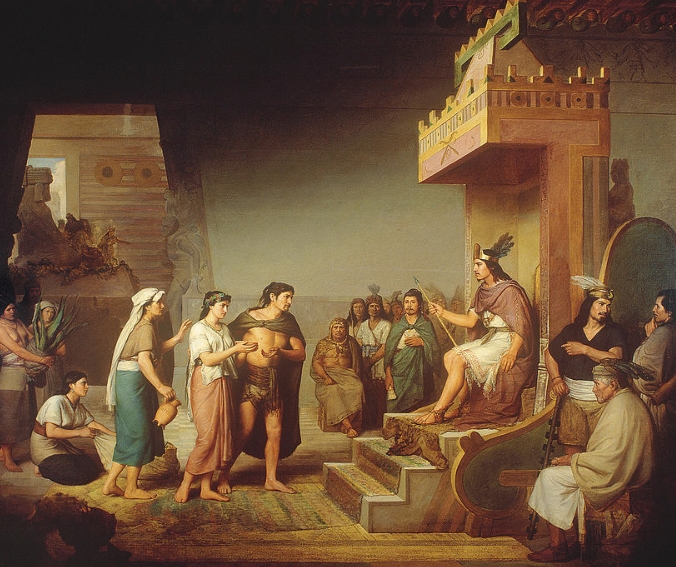
Heaven Worthy
Compared To England
The best way to fully grasp the enormous magnitude of the Mayan empire is through comparison. At its height, between the years 250 and 900 AD, the Mayans occupied an area twice as large as medieval England. But due to their vast population, the density of cities would have been all the greater. In almost every way, the Mayans constituted a larger kingdom.

Compared To England
The Future
While no one can say for certain what the future holds, we can rest assured that more discoveries are on their way. PACUNAM hopes to continue its research project over the next three years, covering enormous tracks of Guatemalan forests. With the help of expert archaeologists working in conjunction with LiDAR, who knows what other mysteries will be uncovered next?
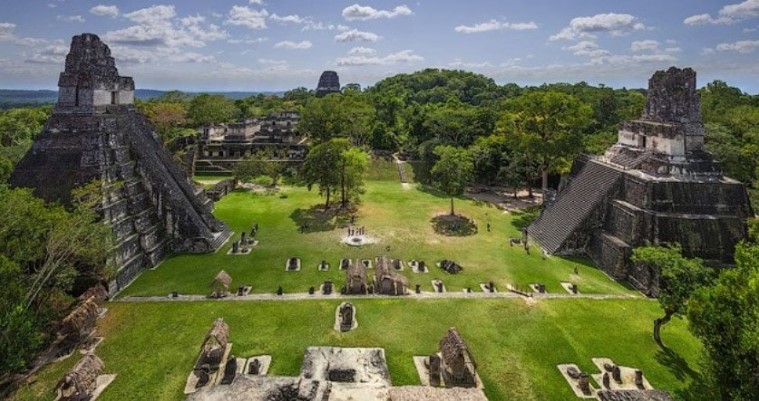
The Future
What Happened?
Few civilizations hold more lingering mysteries than the Mayans. Spanning much of the Yucatan Peninsula, the Mayan empire finds its origins in the year 1,000 BCE, lasting until the year 900 AD before mysteriously vanishing. While no one knows for certain what happens, the answers to this and other questions might be waiting just below the surface, ready to be unearthed at last.
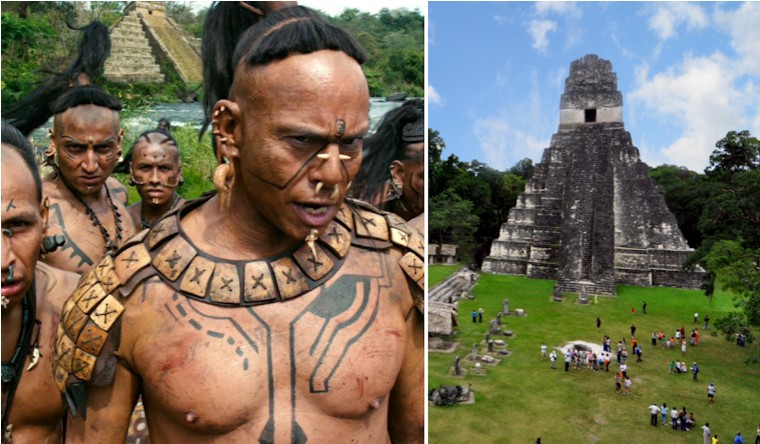
What Happened



